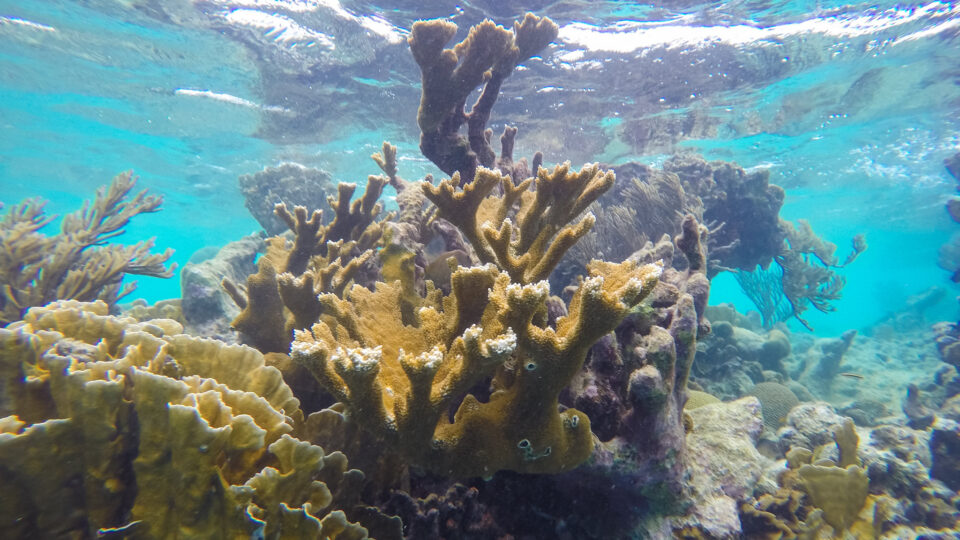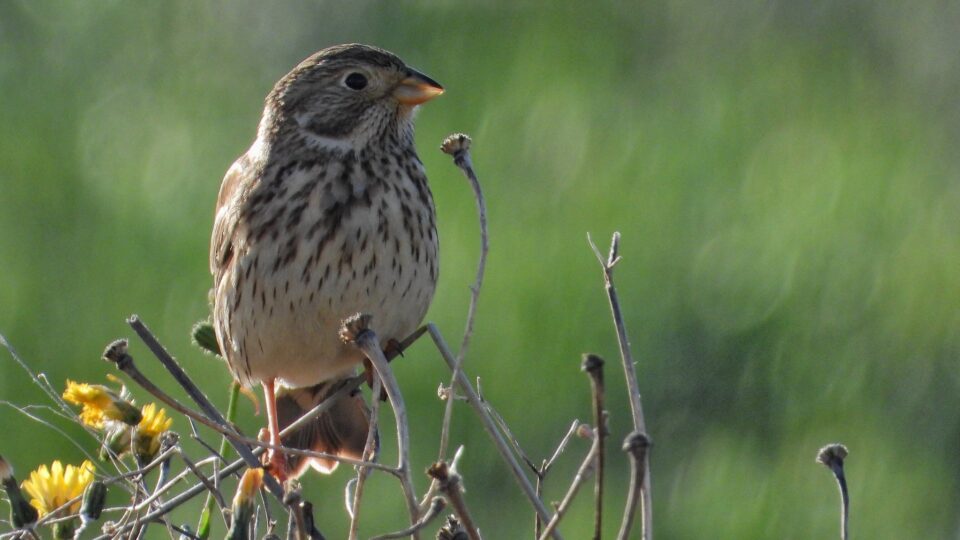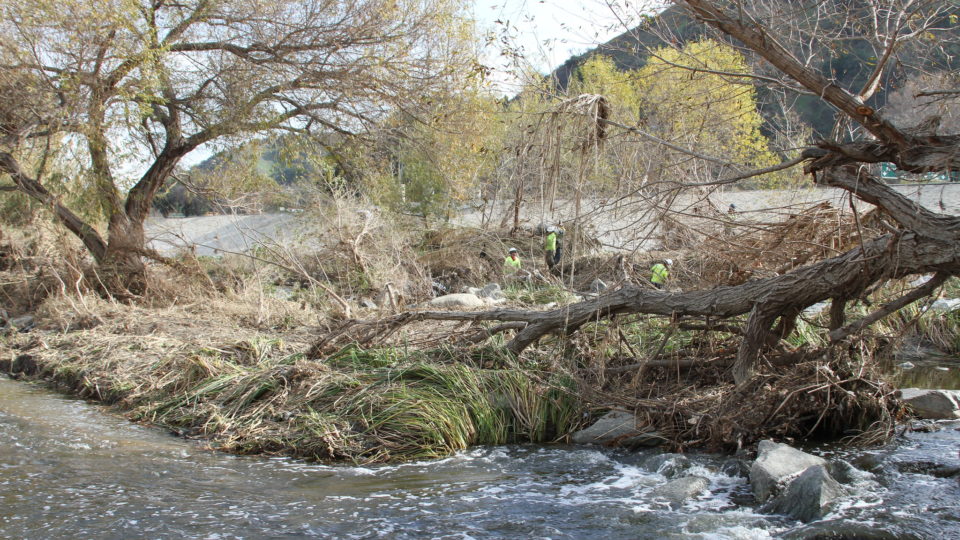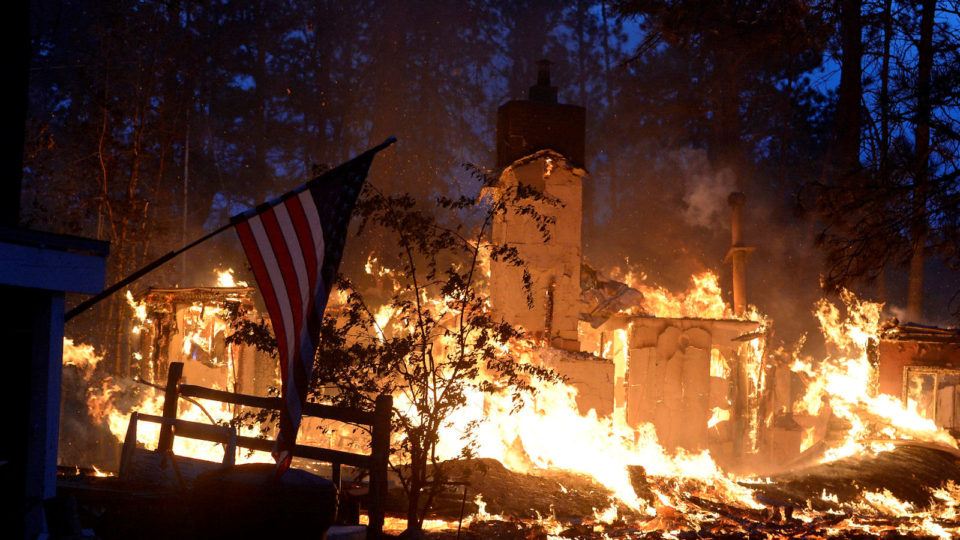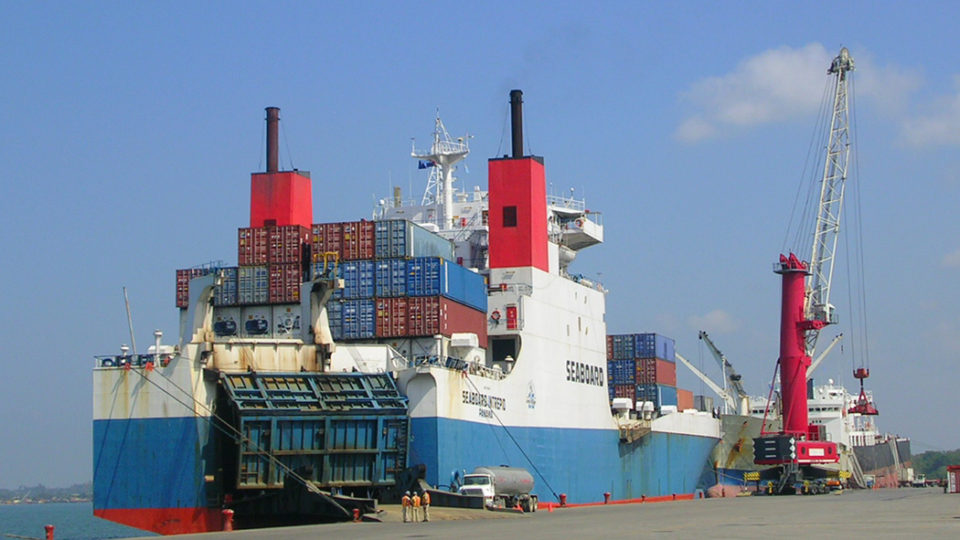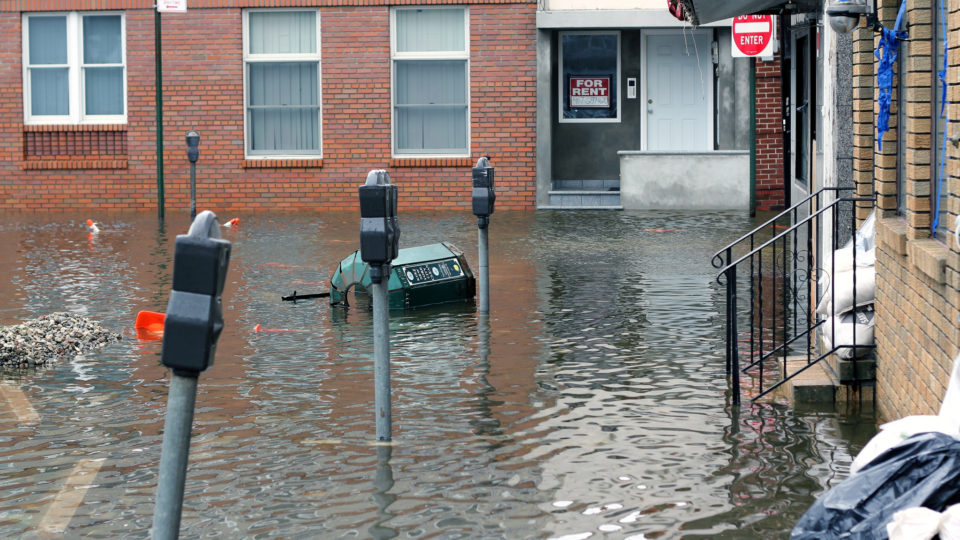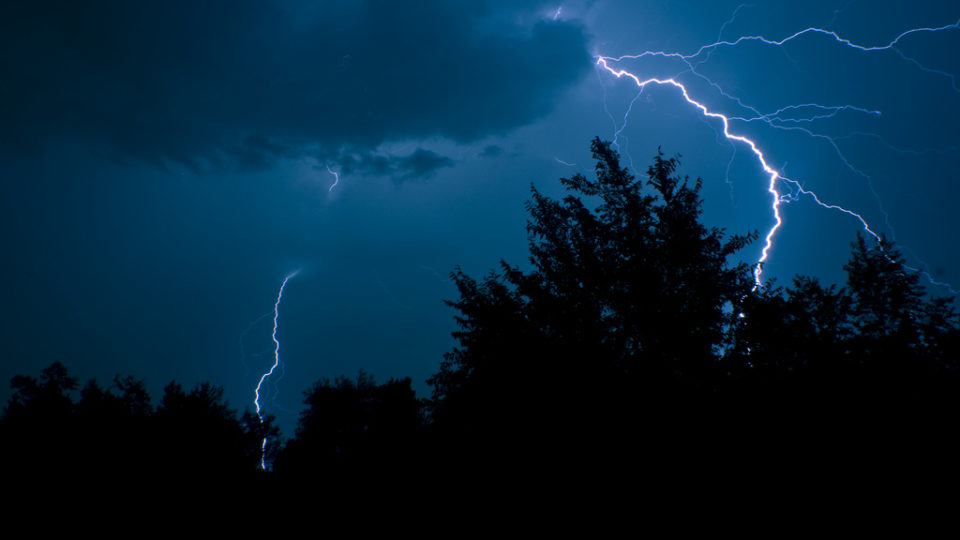Coral reefs around the world face multiple threats from climate change, pollution, and other impacts of human activity. Reef conservation and restoration projects must be able to monitor the health of reefs and that is not such a simple matter. Surveying reefs generally is labor-intensive and time consuming. But in a new study, scientists at the University of Exeter in the UK have found a new way to do it.
The fish and other creatures living on coral reefs produce a vast range of sounds. The meaning of these various sounds is for the most part unknown, but reefs nonetheless have distinctive sonic signatures.
The Exeter researchers decided to make use of machine learning technology. They trained a computer algorithm using multiple recordings of both healthy and degraded coral reefs. This essentially taught the computer to learn the difference between them. A computer can pick up patterns that are undetectable to the human year. This application of artificial intelligence can tell us faster and more accurately how a reef is doing.
The computer was then used to analyze a set of new recordings, and successfully identified reef health 92% of the time. The team then was able to use this technique to track the progress of reef restoration efforts.
It is generally much cheaper and easier to deploy an underwater hydrophone on a reef and leave it there instead of having expert divers make repeated visits to a reef to survey its status. Sound recorders and artificial intelligence could be used around the world to monitor the health of coral reefs and determine whether efforts to protect and restore them are working.
**********
Web Links
Photo, posted January 11, 2015, courtesy of Falco Ermert via Flickr.
Earth Wise is a production of WAMC Northeast Public Radio.
